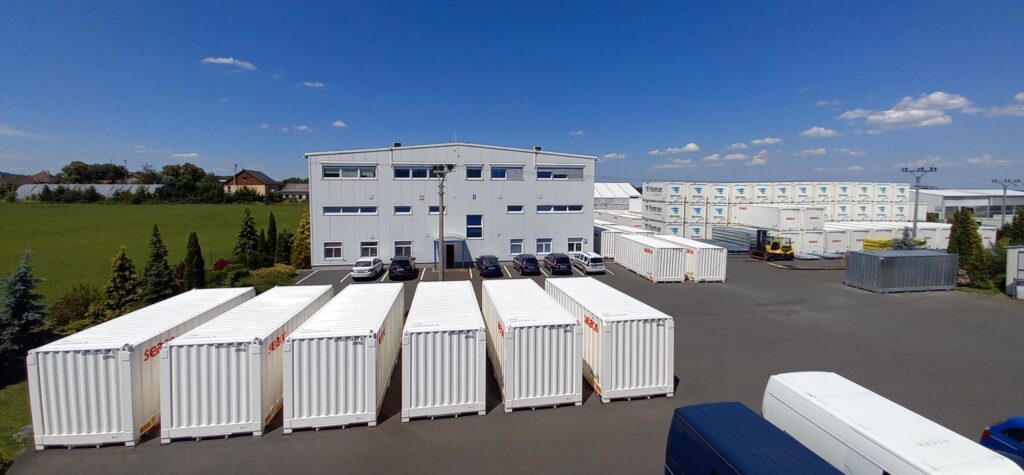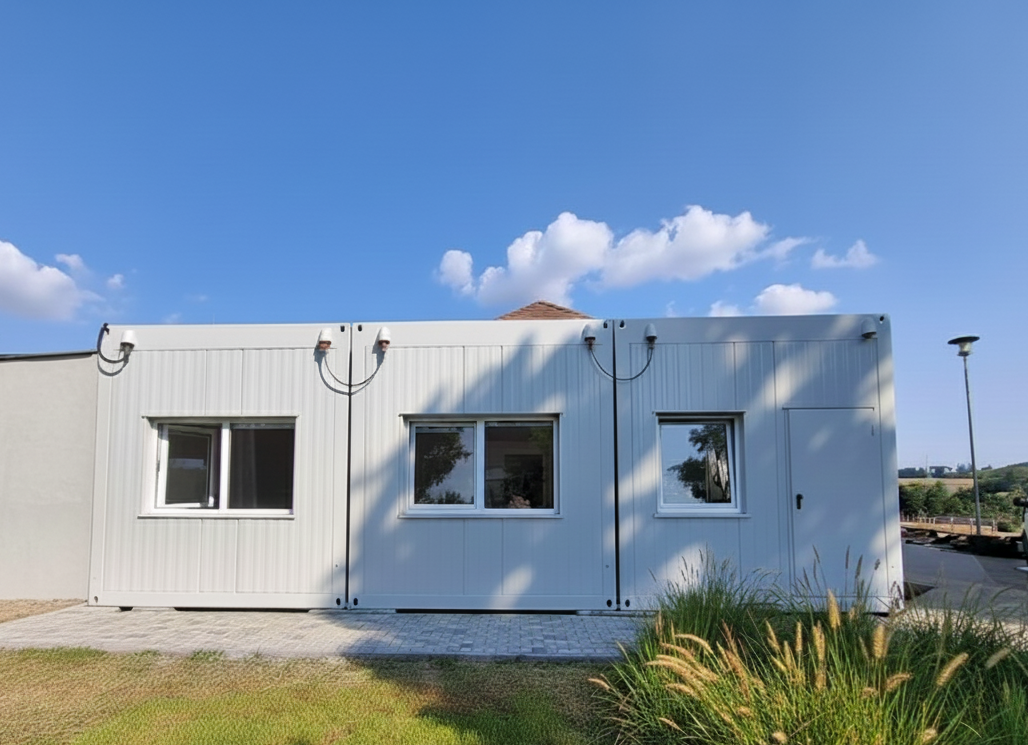The use of swap bodies brings a number of advantages in terms of efficiency, economy and ecology. For logistics companies, this system offers the possibility of optimising transport, reducing costs and being environmentally sustainable. Given the increasing demands for flexible and efficient logistics, the importance of swap bodies is expected to continue to grow.
1. Increased efficiency and flexibility
One of the biggest advantages of swap bodies is the ability to quickly transfer cargo without having to wait long periods of time to load or unload. The driver can easily swap a loaded body for an empty one and continue driving immediately, significantly increasing vehicle utilisation and reducing downtime.
2. Reduced operating costs
Swap bodies help to optimise fleet operating costs. They reduce fuel consumption by eliminating unnecessary empty vehicle journeys. In addition, they enable more efficient route planning and reduce the need for additional vehicles.
3. Faster cargo handling
With interchangeable bodies, goods can be moved quickly and efficiently between different means of transport, for example from truck to rail or ship. This system supports multimodal transport, which contributes to a reduced carbon footprint and greener logistics.
4. Reduction of CO₂ emissions and environmental sustainability
The use of swap bodies can reduce the number of journeys and improve vehicle utilisation, leading to a reduction in greenhouse gas emissions. This is particularly important at a time when there is a strong emphasis on environmental responsibility and sustainable transport.
5. Lower need for storage space
Interchangeable superstructures can reduce the need for extensive storage space. Loads can be stored directly in the bodies, which are flexibly positioned where they are currently needed, thus optimising the logistics chain.
6. Versatile use in different sectors
Interchangeable superstructures are used in a variety of transport sectors, from general goods transport to specialist sectors such as the transport of refrigerated products, chemicals or hazardous substances. Thanks to their modularity, they can be adapted to the specific requirements of individual customers.







